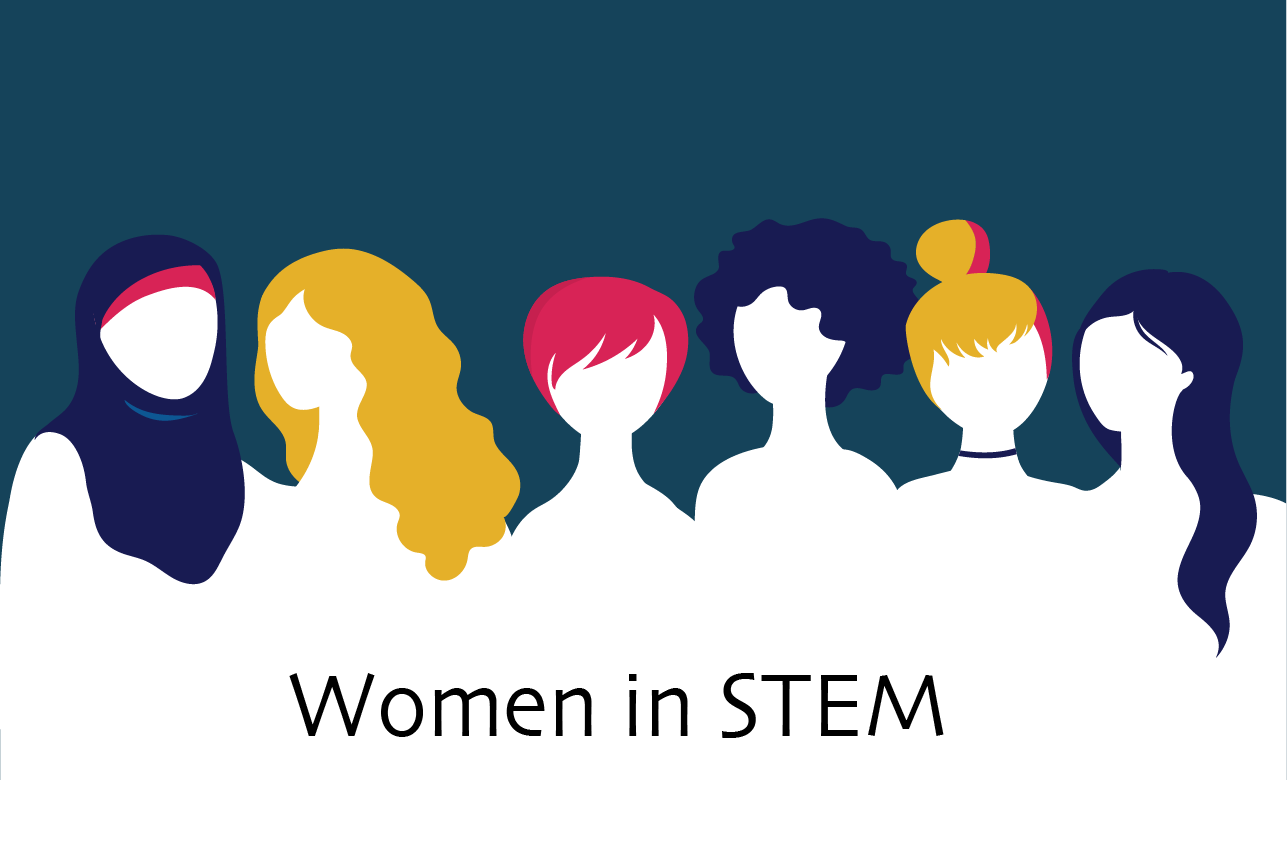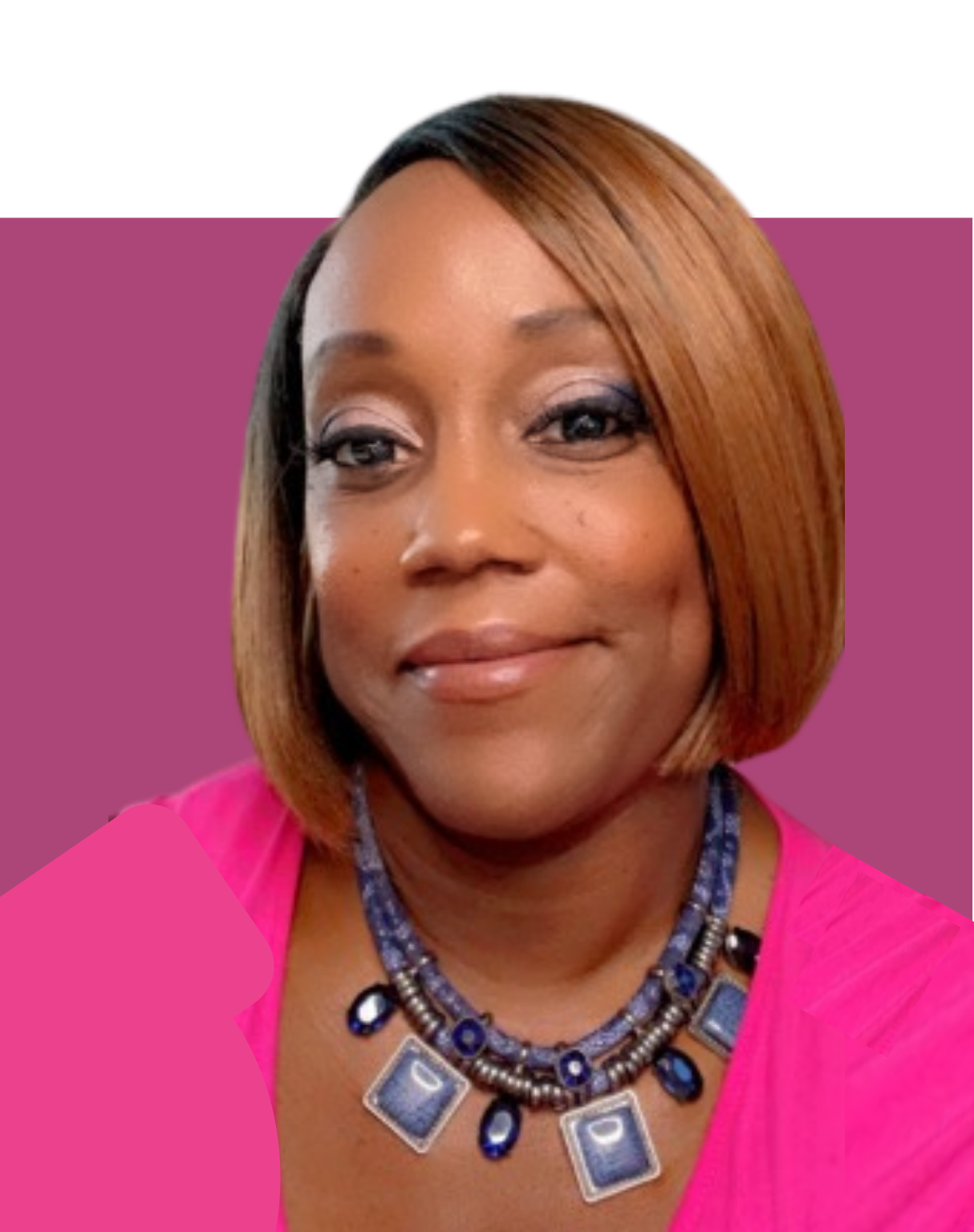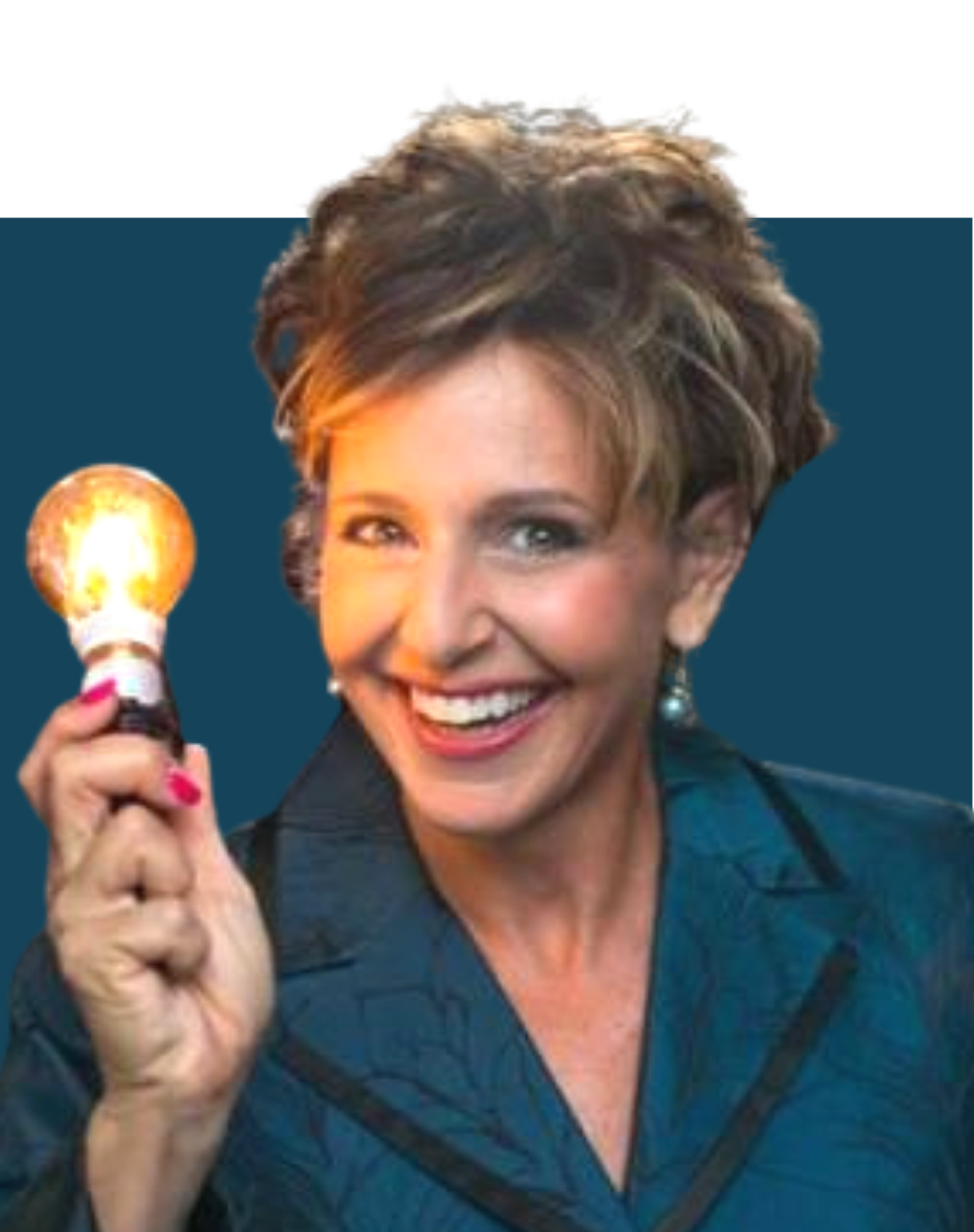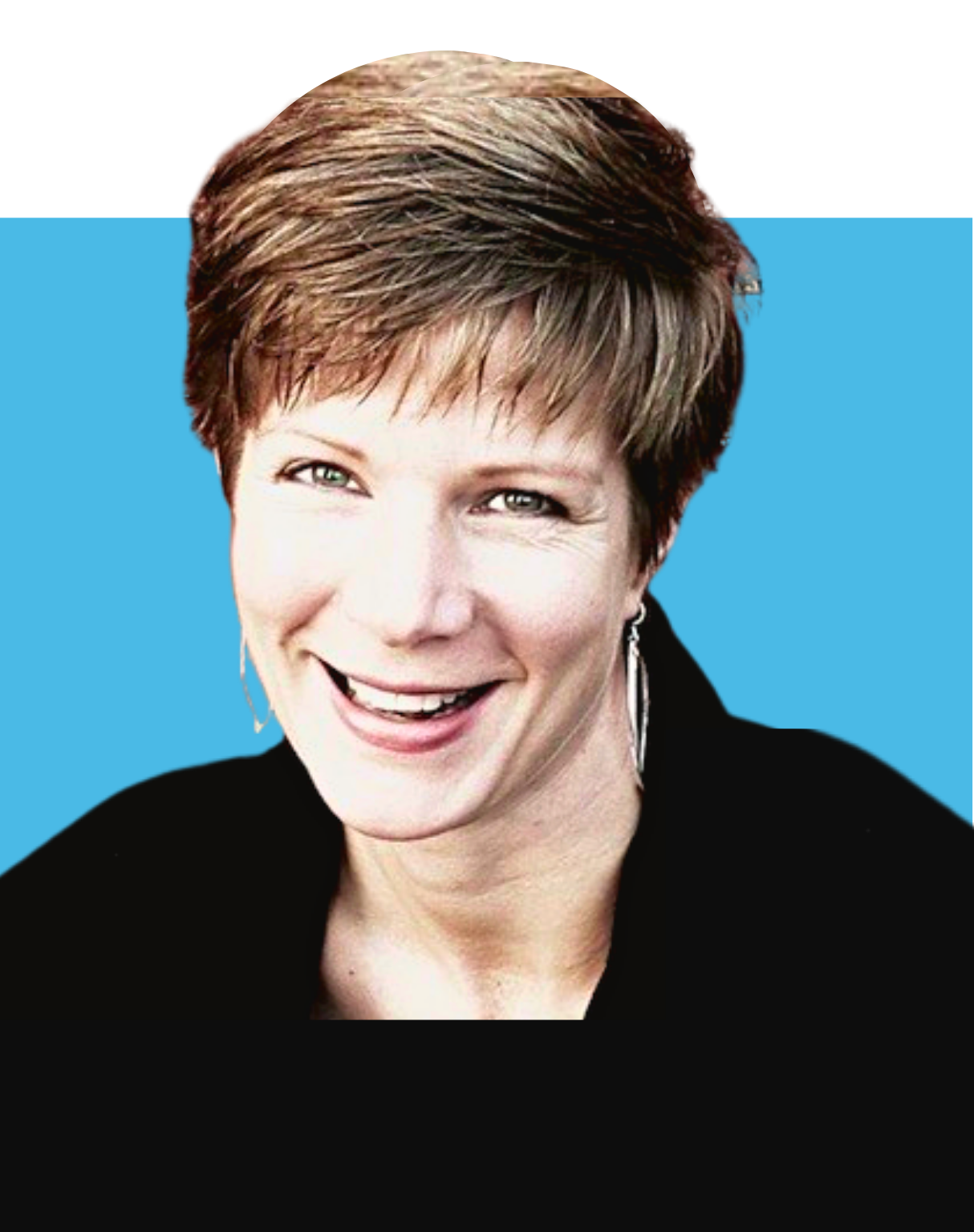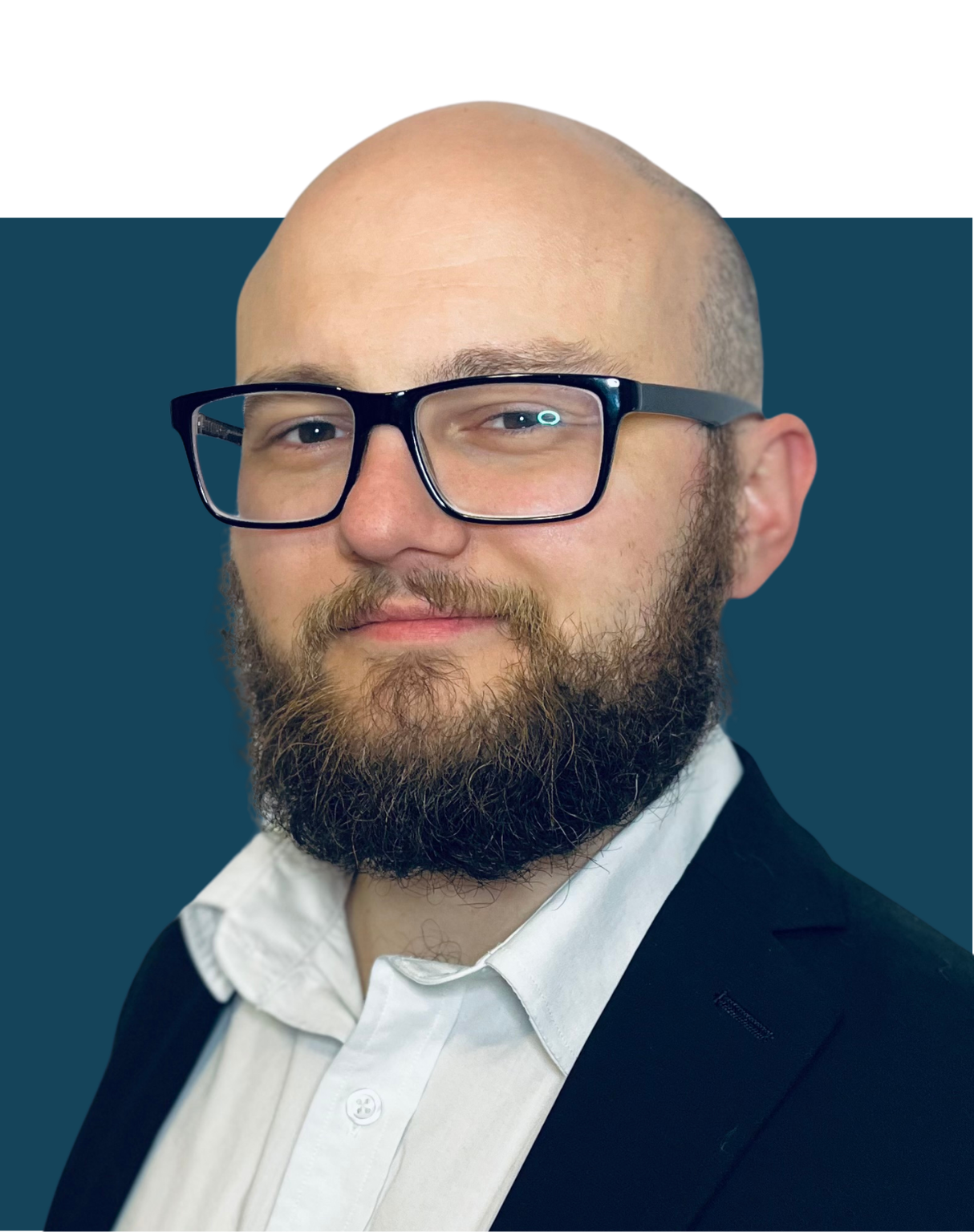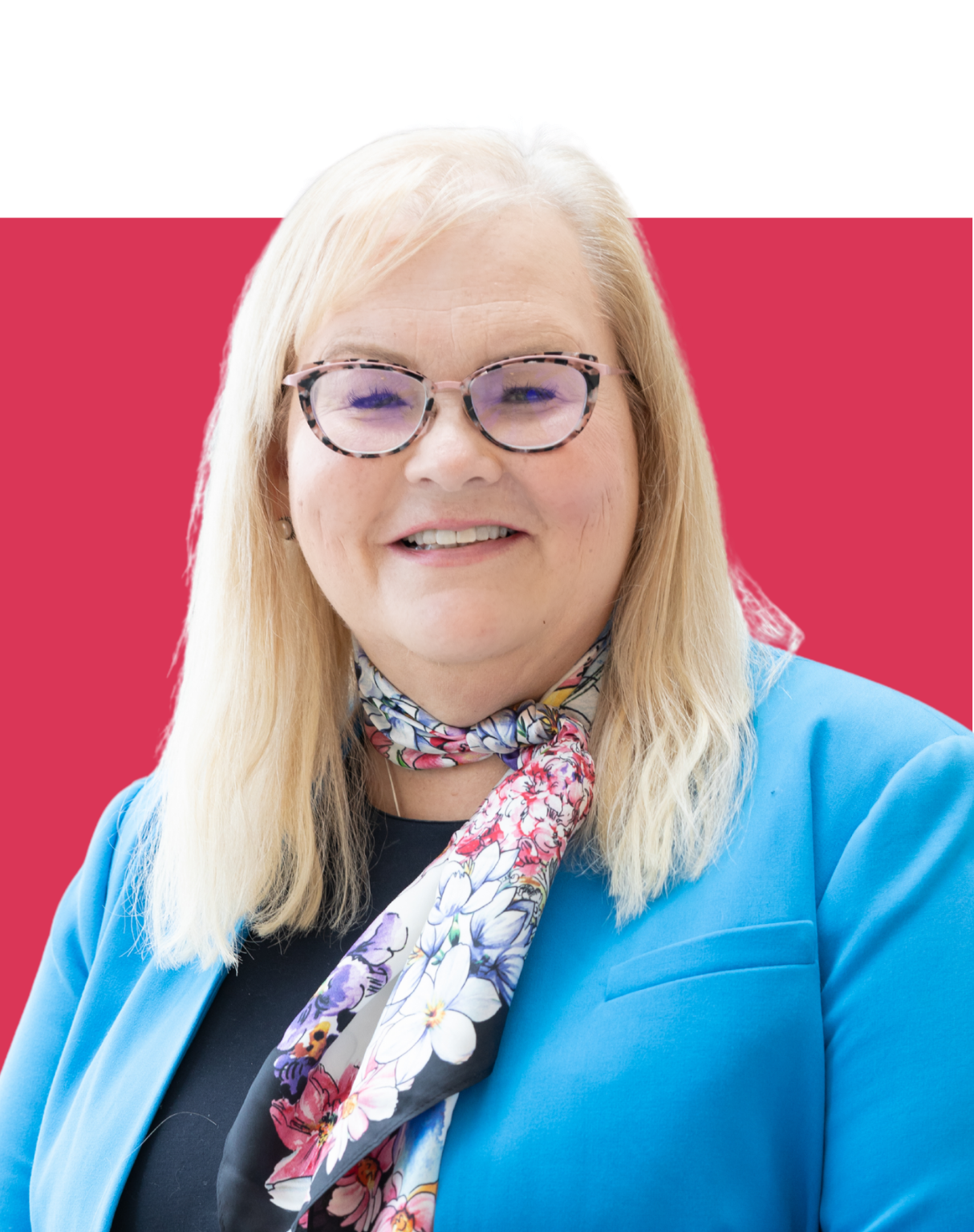More than ever before, women and historically underrepresented populations are going to college for STEM degrees and joining the STEM fields, but that number is still far short of where it should be. Degrees in the science, technology, engineering, and math fields are among the fastest growing in the world and tend to be high-paid, with the Bureau of Labor and Statistics finding that 92 out of 100 STEM occupations have wages that are well above the national average (Stockwell, 2017). It is concerning, then, to learn that only 7% of women graduate college with a STEM degree even though more women than men are graduating college (Stockwell, 2017).
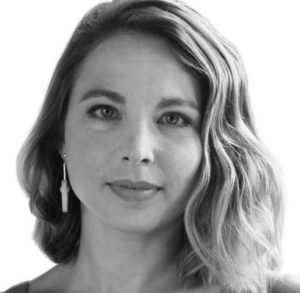
CEO of Interactive Scientific
There are some theories as to why, but the majority suggest it starts at a young age. The STEM field is perceived as masculine (Stockwell, 2017). Facilitating an interest in the sciences at a young age and fostering it through school is essential to success.
The STEM industry thrives through cross-continental communication. Speaking with Dr. Becky Sage of Bristol, United Kingdom and discussing her journey from primary school to CEO of a large scientific company was an eye-opening experience, and showed where some of the answers lie.
Dr. Becky Sage is the CEO of Interactive Scientific. iSci was created in 2013 to bridge the gap between science education, research, and enterprise. Science organizations face challenges around communicating, so they are fusing state-of-the-art technology with science and art (iSci, 2019) to bridge that gap. They are doing this by using cloud technology in combination with virtual reality to speed up the communication process (iSci, 2019).
Dr. Becky Sage has led Interactive Scientific while helping to develop a molecular innovation platform that accelerates innovation, resulting in time savings of up to 90% (iSci, 2019). She has fifteen years’ experience working in science research, education, and business that has led her to be named a Maserati 100 innovator and become a winner of the InFocus Women in Innovation award (iSci, 2019). Her expertise in her field as well as her experience in the STEM process has us asking what we can learn to replicate it in other women or underrepresented races in the STEM fields.
In an interview that took place on November 7th, 2019, Dr. Sage answered many of the questions that others in the industry are desperate to have answered and helped to create a vision for the future to encourage more to follow in her footsteps.
What would you say sparked your interest in the field?
“There were a few different phases actually. I can remember very early on, during primary school age, there were a couple of things… Some books that I was really into about how the body works or about space and the planets. Various things. My dad is a biology teacher, and my mom trained as a teacher, so of course that was an influence.”
“The thing that I liked about science was that it was objective. I found safety in that objectiveness. Now, I find
that school is almost too objective; we have lost some of that creativeness in science, and we need it to be more exploratory.”
Who or what encouraged you the most to get into the scientific field?
“[My parents] have always been really open about it. They never pushed me towards it or told me it’s what they wanted me to do. They have always been supportive, and it was probably the biggest influence growing up.”
Dr. Sage is not alone in finding success with outside support. In a study done by ASHE Higher Education, they learned
that parents who are involved and supportive of their child’s higher education help their children to not only achieve higher GPAs, but to become more successful in their later careers (Wartman & Savage, 2008).
Outside of your parents, particularly in University, was there a support system or club you
turned to when things got difficult?
“By the time I finished my PhD, I did not want to work in science. I was disappointed in the support systems. They’ve
made some changes, but, especially in postgrad years, I found it quite unsupportive. They could have done more, especially more exposure to career skills to get ready for the actual job outside of school. Now there are a lot
more resources available.”
Dr. Sage is right. Universities across the globe have created new ways to help support students. One such method in effect at the University of Washington is the Women in Science & Engineering, or WiSE, a program that recruits and supports women of all backgrounds and helps to foster a healthy academic and social environment at all levels of study (University of Washington, 2019).
Is there a particular skill that new graduates are lacking that you see at your company?
“The big thing is working as a team. When I went through, it was very independent, and, basically, the goal was to
pass exams and get your thesis finished. The idea of coming out and working with people, that was the hard thing, and I would have liked to have done more things [in school] to develop those skills.”
Did you ever lose motivation, and what helped you through those times? What kept you going?
“I made the most of the opportunities I had, especially postgrad. Lots of outreach work. We had a thing in university
called Chemlab where we would go out into local schools and do demos. We made science engaging and got out into the schools with these events. I also showed around the new students with their parents at University. I organized those
days, and they were the things that I really thrived in while I was doing my PhD rather than just being in the lab where I felt so isolated and lost motivation a lot.”
“The funders of my grad school PhD students from across the UK sponsored this retreat where students went away for a week and did team-building. They had mentalists there, and one of them told me ‘Don’t be afraid to lead.’ Doing things like that outside the lab boosted my self-esteem a bit while I was being battered by not knowing what was expected of me or when I was on a project that wasn’t really exciting me or driving me forward.”
“The challenge was [that] I didn’t feel like I connected well within my peer group. It was still very male-dominated, and there weren’t people that I clicked with. It was good to find things outside of the university.”
This is another example of why groups such as Women in Science & Engineering are so beneficial in giving the
opportunity of like-minded women to come together. Another great example of this is the mentorship program at Million Women Mentors. They were founded on the premise that, when women work together, they can achieve more (MWM, 2019). With 460 million media reaches and over 50 corporate sponsors spanning 40 states and eight countries, people are taking notice of their organization, too (MWM, 2019).
What is the best piece of advice that you would give to a person that is just starting out in a STEM field?
“It’s about really asking yourself the question, ‘What are you passionate about?’ ”
“Take a break between undergrad and postgrad. Even early on, take note of what excites you. Find out what you are passionate about, and don’t be afraid to do something else. Sometimes I think back and say, ‘I should have done a PhD in this or that.’ Nurture that curiosity.”
Many students choose to take a year off to gather experience in the field with an internship or to do something that they find meaningful. The University of Berkeley encourages such breaks, arguing that they help to explore the fields in
which you have an interest (University of Berkeley, 2019). Even if it is just six months of temporary work, a student
will have a better understanding of what is involved in that field (University of Berkeley, 2019). It is better to learn if the work isn’t the right fit before spending additional years getting a degree for something you will eventually hate.
Is there anything you see in the education system that we can improve upon?
“I look at my nephews, who are three and five, and they totally embody curiosity. What we do is bombard with too much content because the curriculum is too full. They should strip out a lot of the content and… focus more on allowing them to do what they do best anyway, which is to be curious. If you think about it, those toddlers and preschoolers
are great at being curious, and we sort of bash it out of them as they get older.”
“There are things we can do within the education system: role modeling and engagement and showing the exciting
projects while allowing them to be curious.”
“Let the young people see how broad the science can be. Right now, it is kind of blocked together. People don’t really
understand a lot of what it means. Everyone that I work with in the science industry [does] different things. We need to expose [students] to different individuals in the sector, show them the diversity of jobs and that it isn’t so inaccessible.”
There are organizations that understand exactly what Dr. Sage is talking about, one of them being the largest
organization of young women in the country: Girl Scouts of America. They have created the Girl Scout STEM Pledge that promises to add 2.5 million women to the STEM field by 2025 (Girl Scouts of America, 2019). They are facilitating
that interest by exploring progressive, girl-led STEM activities for K-12 students.
What has you most excited right now?
“There are two aspects of the answer to that question: One is that we see one of the applications of our technologies
to be in the education space and specifically around how we engage people. Of course, being a woman in science and technology, it’s important to me to make sure that we are as visible as possible as well as highlighting other women
that are working in the industry. We do try and kind of make sure that we get our faces out there as much as possible just so there is more visibility.”
iSci is developing an exciting new platform called iSciLEARN, a tool to deliver a new curriculum that will teach
people to think, not remember (iSciLEARN, 2019). It brings science to life in an interactive, three-dimensional simulation that is available through the web, through mobile applications, and virtual reality (iSciLEARN, 2019).

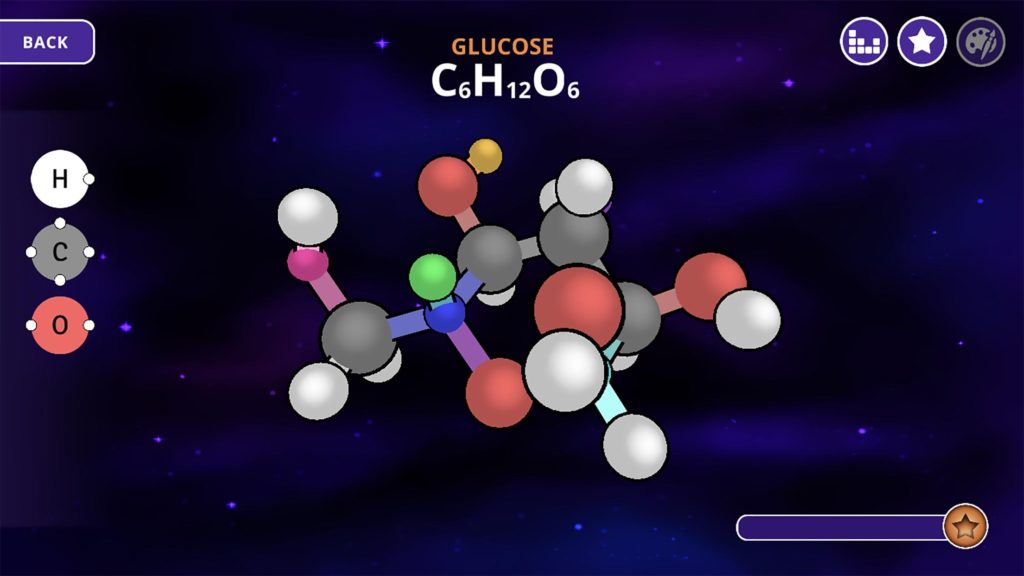
They are also going into their community,
specifically the Applied Science and Digital Creative department at Bristol College, to give the students real-world experience. They are creating new learning concepts that will be presented by the students themselves. It is something that will help them get the skills they need to thrive in the science industry (iSci-Event, 2019).
The path is well set out in front of us, and everything has been provided for more success stories to come about. Dr. Becky Sage can be the example to other young women all over the world. The programs that are now in place need support from corporations and especially from successful women like Dr. Sage. Going out into the world to volunteer for one of the many new organizations, sponsoring their development, or just going into a school to show how accessible the sciences can be is the key to closing the gap between men and women in the STEM fields. By the third grade, girls think that science and math are for boys (Girl Scouts of America, 2019), but we can change that perception, and, in doing so, change the field for the better.
References
Girl Scouts of America, (2019). STEM-pledge. Retrieved 11/25/2019
from https://www.girlscouts.org/en/adults/donate/STEM-pledge/STEMpledge.html
iSci
(2019). About Us. Retrieved
11/20/2019 from https://interactivescientific.com/isci-aboutus/
iSciLEARN (2019). iSciLEARN Bring Invisible Science to Life in
the Classroom. Retrieved 11/25/2019 from https://interactivescientific.com/iscilearn/
iSci Event (2019). Event: Making the invisble visible to close
the science skills gap. Retrieved 11/25/2019 from https://interactivescientific.com/2019/09/23/event-making-the-invisible-visible-to-close-the-science-skills-gap/
MWM (2018). Million Women Mentors About STEM Connector. Retrieved 11/14/2019
from https://www.stemconnector.com/2019-million-women-mentors-leaders-to-learn-from-series/
Stockwell, Carly (2017). Women Vs. men in STEM Degrees: Do We Have a
Problem? Retrieved 11/22/2019 from https://inside.collegefactual.com/stories/women-vs-men-in-stem-degrees
University of Washington, (2019). College of Engineering, University of
Washington. Women in Science & Engineering. Retrieve 11/14/2019 from https://www.engr.washington.edu/current/studentprogs/wise
Wartman, Katherine, & Savage, Ed (2008). Parental Involvement in Higher Education. ASHE monograph Higher Education Report: Volume 41, Number 6.

